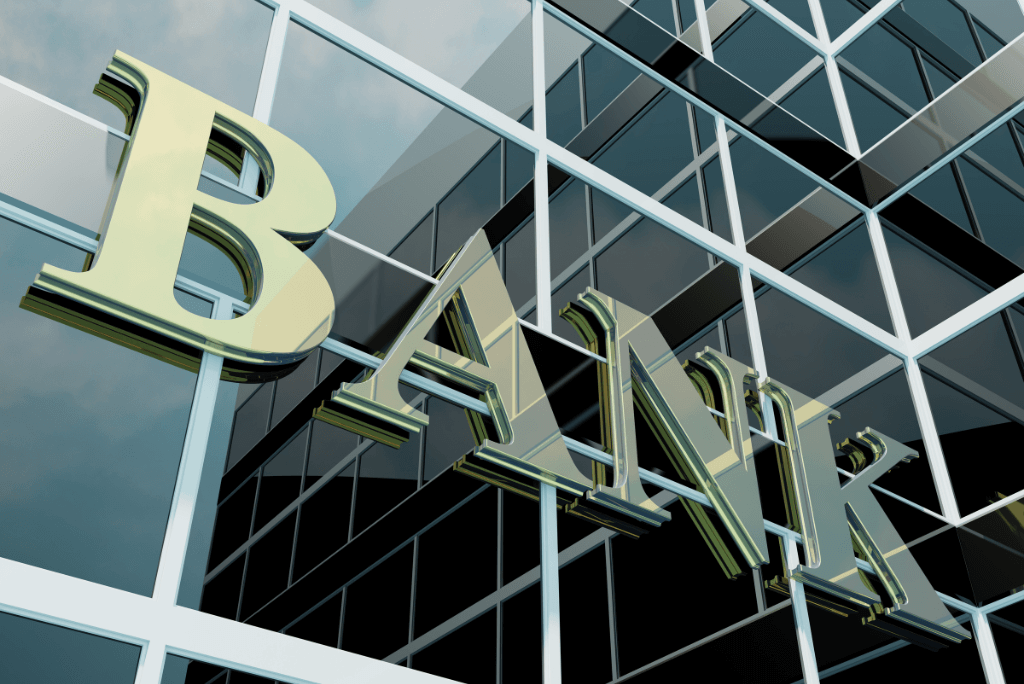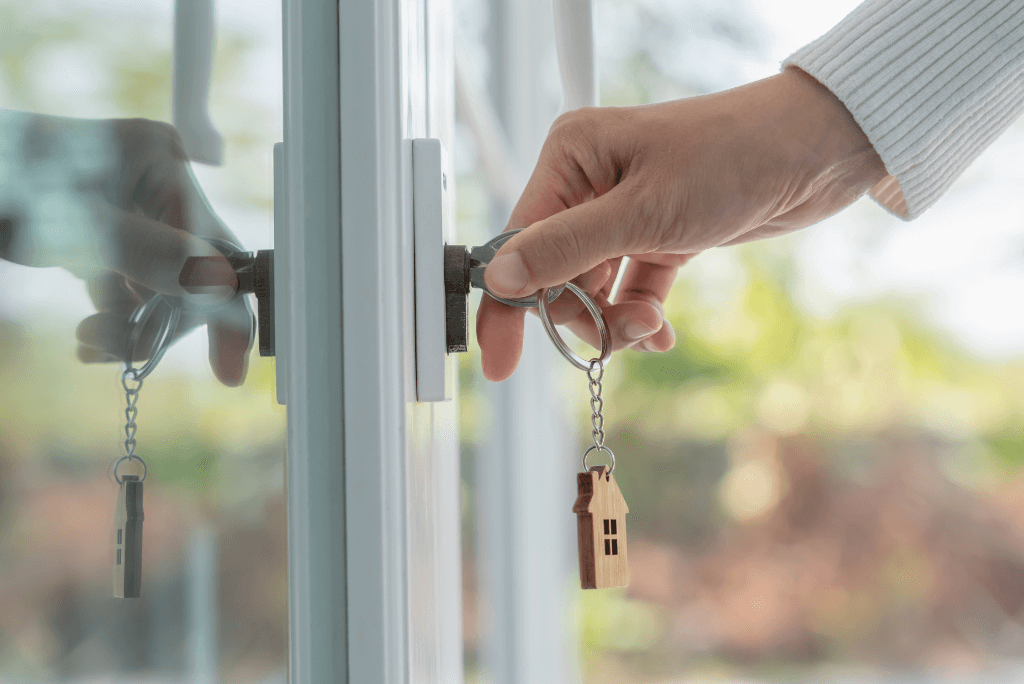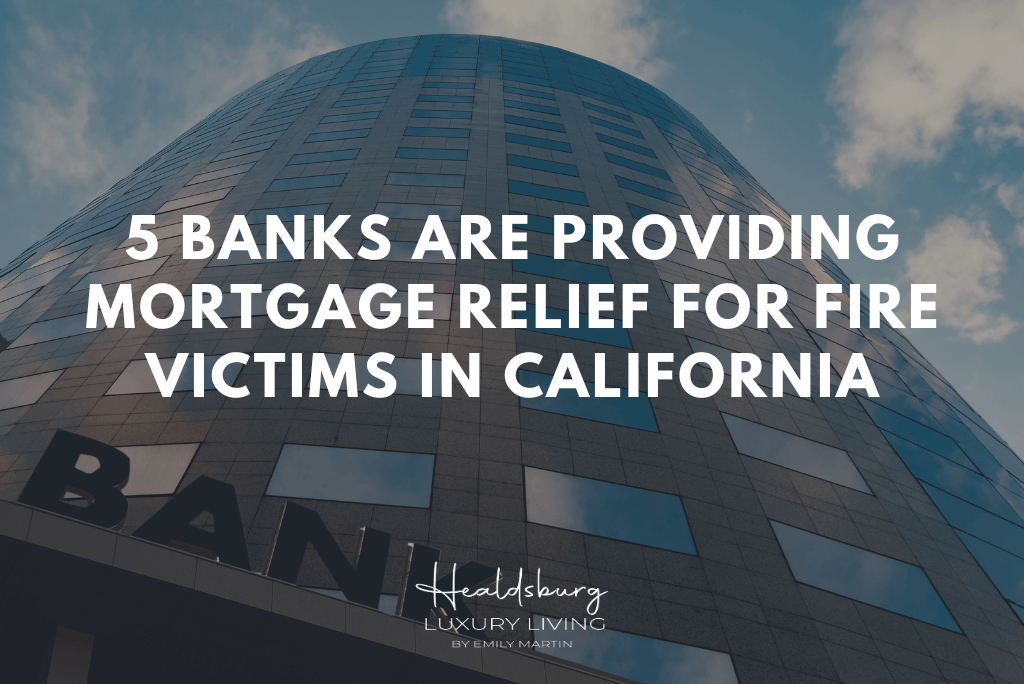In the wake of devastating wildfires, California has implemented mortgage relief programs to assist homeowners who have been affected. The California Mortgage Bankers Association (MBA), alongside state-chartered institutions and the Governor’s office, has collaborated with lenders to offer financial relief programs. These initiatives provide much-needed support, ensuring families can focus on recovery rather than financial strain. Let’s explore these vital relief efforts’ key players, program details, and application processes.
Which are the five institutions that provide mortgage relief

Under the leadership of the California Mortgage Bankers Association, five major financial institutions have pledged their commitment to helping wildfire victims. These institutions—Bank of America, Citibank, JPMorgan Chase, U.S. Bank, and Wells Fargo—are at the forefront of the California mortgage relief program in 2025.
These banks are providing the following support for affected homeowners:
- A 90-day grace period on mortgage payments.
- Waivers for late fees for up to 90 days.
- A moratorium on new foreclosures lasting 60 to 90 days.
- Assurance that late payments of forborne amounts will not be reported to credit agencies.
The partnership between these banks and state authorities demonstrates a unified effort to ease financial burdens for those whose properties have been damaged or destroyed by wildfires.
For those curious about how wildfires are reshaping the housing market, here’s a guide on the impact of wildfires on California real estate: Impact of Wildfires on California Real Estate.
How the California Mortgage Relief Program for Fire Victims Works

The California mortgage relief program for fire victims is designed to address immediate financial needs while enabling homeowners to stabilize their situations. Here’s how it works:
- Payment Forbearance: Homeowners can defer mortgage payments for up to 90 days without penalties or late fees.
- Foreclosure Protection: No new foreclosures will be initiated during the moratorium period (60 to 90 days).
- Credit Protection: Late payments made during the forbearance period will not be reported to credit agencies, preserving the homeowner’s credit score.
Governor Gavin Newsom’s administration has been instrumental in expanding the program’s reach. In addition to the five primary lenders, over 270 state-chartered banks, credit unions, and mortgage lenders have joined the relief efforts and offer similar protections.
In addition to these benefits, the Department of Financial Protection and Innovation is working to secure similar commitments from other state-chartered banks, credit unions, and mortgage lenders. These efforts reflect the broader impact of wildfires, which extend beyond housing to insurance and financial markets. For more information on this, read about the impact of LA fires on California insurance prices: Impact of LA Fires on California Insurance Prices.
How can homeowners apply for this California mortgage relief Program?

Applying for mortgage relief might seem daunting, but the process is straightforward. Here are the steps homeowners should take:
1. Determine Eligibility
Eligibility varies by program, but common criteria include:
- Proof that the property is located in an affected area.
- Evidence of financial hardship caused by wildfire damage.
Residents can contact their mortgage servicer or a non-profit housing counselor for personalized guidance.
2. Gather Required Documents
Ensure you have the following documents ready:
- Recent mortgage statements.
- Proof of income (e.g., pay stubs, W-2s, or bank statements).
- Proof of residency (e.g., utility bills).
3. Submit an Application
Applications can often be completed online. For example:
- California Mortgage Relief Program: Applications are accepted through their online portal. Homeowners can start, save, and return to their applications within 30 days.
4. Await Review and Approval
Once submitted, the application process may take weeks or months. It’s important to stay patient and follow up if necessary.
Other Financial Institutions Offering Mortgage Relief
While the five major lenders play a significant role in wildfire relief, they’re not alone. Governor Newsom has secured commitments from a coalition of state-chartered banks, credit unions, and mortgage lenders. These institutions are providing similar assistance, including:
- A 90-day forbearance on mortgage payments.
- Waived late fees during the forbearance period.
- Protection from foreclosures or evictions for at least 60 days.
- No credit agency reporting of late payments during this period.
Additionally, programs, like Keep Your Home California, offer long-term support for homeowners facing job loss or increased mortgage payments.
Nonprofit organizations, including HUD-approved counseling agencies, are also providing free foreclosure prevention counseling in multiple languages.
Why Mortgage Relief Matters

The collaboration between the California Mortgage Bankers Association, state officials, and financial institutions underscores the importance of supporting wildfire victims. These programs allow affected residents to focus on rebuilding their homes and lives without the immediate pressure of mortgage payments.
By leveraging the California Mortgage Relief Program 2025, homeowners can access the resources they need to recover. Whether working with major lenders or exploring additional options through state-chartered institutions, the opportunities for financial relief are vast.
If wildfires in California have impacted you or someone you know, don’t hesitate to contact your mortgage servicer and explore the available programs. Relief is within reach, and support is only a call or click away.
This collective effort marks a significant step forward in disaster recovery, showcasing how partnerships between public and private sectors can create meaningful change. Let’s continue to support and uplift communities as they rebuild from these tragic events.


